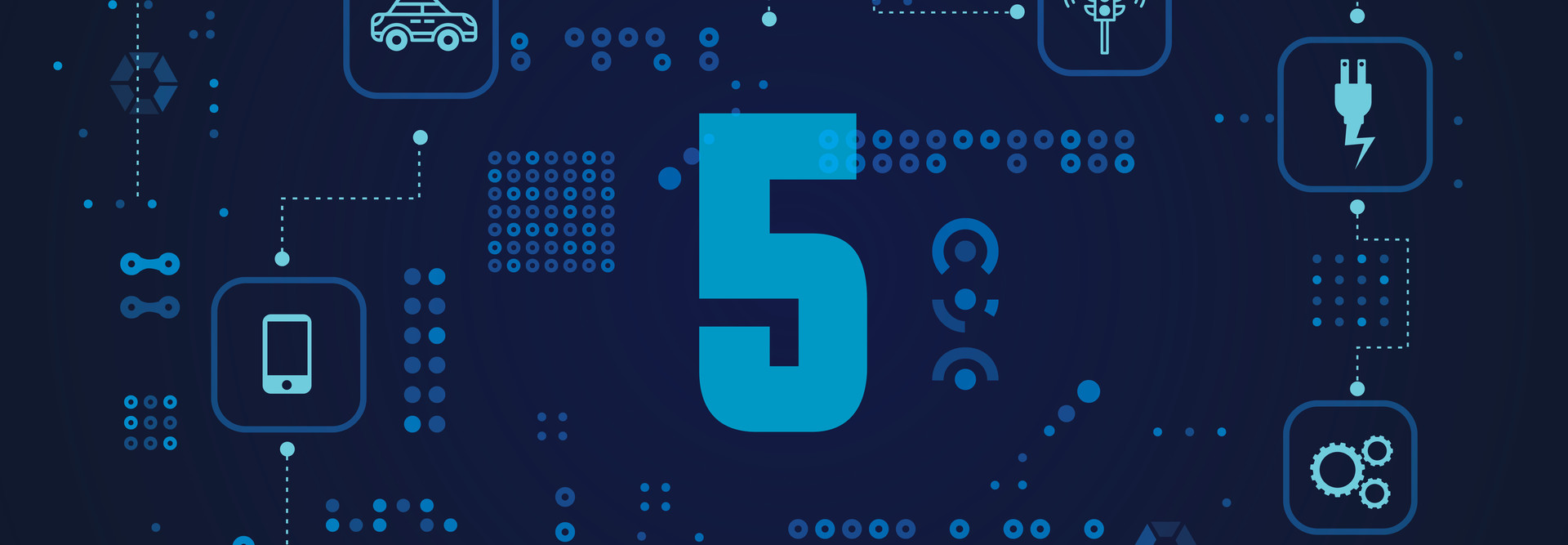
Revolutionizing Public Safety: Discover 5 Mesmerizing Benefits of Internet of Things Devices
Key Takeaways:
The internet of things (IoT) has become a game-changer in many industries, and public safety is no exception. With the advent of IoT devices, we have witnessed a significant transformation in the way we ensure the safety and security of our communities. In this article, we will explore the mesmerizing benefits that IoT devices bring to public safety.
1. Enhanced Emergency Response through Real-Time Data
During emergency situations, quick and accurate responses are paramount. Through the integration of IoT devices, public safety agencies can now gain access to real-time data that dramatically improves their emergency response capabilities.
Imagine a situation where a fire breaks out in a building. IoT sensors strategically placed within the building can detect the presence of flames, smoke, and changes in temperature. This data is then transmitted in real-time to emergency responders, enabling them to prepare and respond more effectively. By knowing the exact location of the fire, the severity, and even potential hazards, responders can save valuable time and make informed decisions.
Moreover, IoT devices can also connect with wearable technology, such as smartwatches or health sensors, carried by individuals in need of medical assistance. In the event of a medical emergency, first responders can receive vital signs and medical history through these devices. This information helps them provide appropriate medical attention without wasting crucial moments in critical situations.
2. Preventative Measures and Predictive Analytics for Crime Prevention
Public safety agencies are constantly striving to proactively prevent crimes rather than just reactively responding to them. IoT devices have emerged as powerful tools for implementing preventative measures and leveraging predictive analytics to anticipate criminal activities.
Smart surveillance systems equipped with IoT devices can analyze patterns, identify anomalies, and alert law enforcement when unusual activities are detected. For example, a surveillance camera at a potential target location can spot suspicious individuals or abandoned objects, triggering immediate alerts to authorities. This instantaneous notification enables law enforcement to intervene and possibly thwart criminal acts before they occur, vastly enhancing public safety.
IoT devices combined with predictive analytics algorithms can also collect and analyze large volumes of data to identify crime patterns and trends. This information assists law enforcement agencies in allocating resources more strategically. By knowing the areas and times where crimes are most likely to happen, officers can be deployed preemptively, reducing response times and promoting a safer environment for the public.
3. Streamlined Operations for Efficient Public Safety Management
IoT devices offer public safety agencies an opportunity to streamline their operations and enhance overall efficiency. With interconnected devices and seamless data transmission, personnel can access critical information in real-time, enabling them to react swiftly and make informed decisions.
One example is the application of IoT in traffic management and accident prevention. IoT-enabled traffic monitoring systems gather data on road conditions, congestion levels, and accidents. This information can then be analyzed to optimize traffic signal timings and suggest detour routes to reduce congestion and prevent accidents. Such proactive measures not only improve daily traffic flow but also ensure rapid response during emergencies, such as coordinating emergency services and improving overall public safety.
Furthermore, IoT devices can be utilized for equipment maintenance. Connected sensors can monitor the health of essential public safety equipment like fire hydrants, police vehicles, or CCTVs. By continually monitoring these devices, any anomalies or potential failures can be detected promptly, allowing for proactive maintenance and uninterrupted operation.
4. Improved Situational Awareness for Effective Decision Making
IoT devices enable public safety agencies to gain valuable insights and improved situational awareness. By collecting and analyzing data from various sources, decision-makers can have a comprehensive understanding of ongoing incidents and emergencies.
Ambulance tracking systems integrated with IoT technology display real-time location data, estimated arrival times, and available medical resources. This detailed information enables emergency response centers to efficiently allocate resources, optimizing emergency medical services and reducing response times in critical situations.
IoT can also enhance coordination during large-scale events or natural disasters. Interconnected devices, such as drones, weather sensors, and crowd monitoring systems, provide real-time data from various angles. This real-time information can assist authorities in managing crowds, identifying potential safety hazards, and deploying resources where they are most needed.
5. Advanced Analytics for Targeted Crime Fighting
Analytics-driven insights made possible by IoT devices can revolutionize public safety by enabling targeted crime-fighting strategies. Through the collation and analysis of diverse data sources, agencies can identify crime hotspots, track repeat offenders, and allocate resources accordingly.
Connected law enforcement officers equipped with IoT devices can access comprehensive and up-to-date information in the field, empowering them to carry out more precise operations. They can efficiently access suspects’ criminal histories, identify potential associates, and even access victim information for enhanced victim support. By using these tools effectively, public safety agencies can take substantial strides towards preventing and solving crimes.
Frequently Asked Questions
Conclusion
The advent of IoT devices has undoubtedly revolutionized public safety practices. From enhancing emergency response and crime prevention to streamlining operations and improving situational awareness, the benefits are countless. The ability to collect, analyze, and leverage real-time data has empowered public safety agencies to make informed decisions and take proactive measures to keep our communities safe. As IoT technology continues to evolve, we can expect even more mesmerizing advancements in public safety.
Source: insidertechno.com